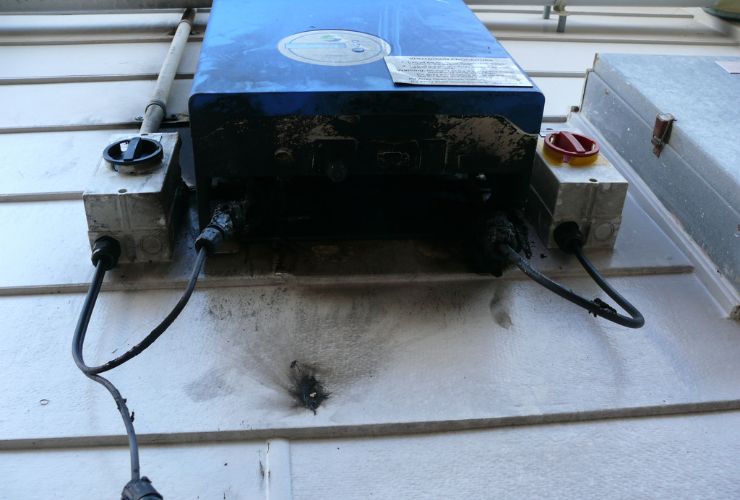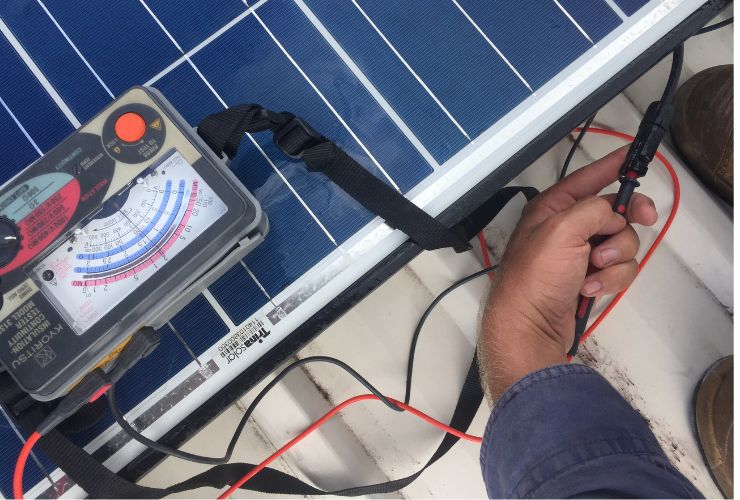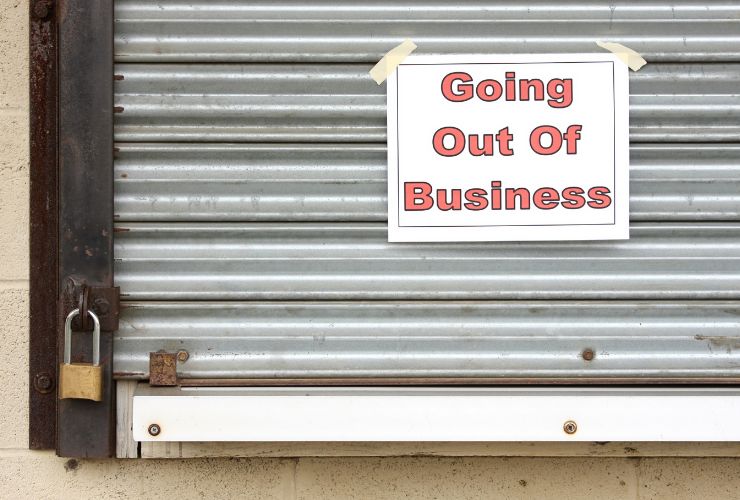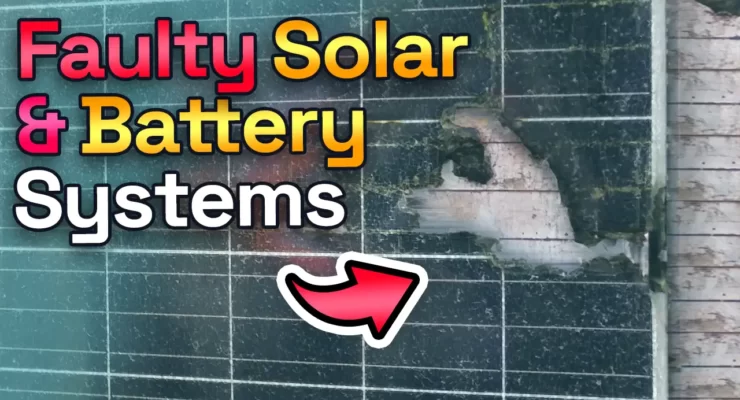Fast read
If you have a warranty issue with your solar system, start by contacting the solar company that sold and installed the system. They have the responsibility to manage and resolve the warranty claim with the manufacturer.
Illegal for the retailer to refer you directly to the manufacturer, and you can insist on them dealing with you.
Your solar & battery installation company should inspect the system, communicate with the manufacturer, and handle the entire process.
If you purchase cheap solar, there is a good chance your installer has disappeared and you will face a whole journey of pain.
During the assessment and approval process, the manufacturer should promptly address the claim. You may need to provide detailed information, such as testing results, photos, and reports from the solar company. The manufacturer should also compensate the solar company for any reasonable costs incurred in servicing the claim.
How should someone manage a solar warranty claim?
Solar systems are exposed to the climate and their surrounding environment 24/7. This means that the likelihood of something occurring to the PV system after a few years in the sun that causes an issue is a lot higher than other electrical components, protected inside your home. For this reason, solar system component manufacturers offer long solar warranties on their products.
However, when contacting some installers of cheap solar or some of the budget price manufacturers of your system components about an issue within the time of your warranty, they can be slow to respond and act upon the issue. This can get frustrating as you want your solar system up and running again ASAP.
So you have a warranty issue with the components of your solar system?
Whether it’s with the panels, inverter, battery or other components, while you are trying to get the warranty-supported products supplied and replaced in your system, your solar system is not working. This means the system is costing you money for every day, hour, and minute that it is not working.
How the Australian Consumer Law Works
It is worth noting firstly that under Australian consumer law, a whole chain of responsibility exists for honouring warranties on any product that you buy in Australia. In Australia, the manufacturer must fix or replace products under warranty.
This actually holds for the whole supply chain that these products flow through. For instance, a retail solar company typically buys products from a wholesaler in the electrical or solar industry. The wholesaler, in turn, buys from the manufacturer who imports the products into Australia.
The wholesaler is responsible for the solar warranty claim on the product if the manufacturer is not available. This is because the wholesaler sold the product to the solar company.
The company that sold you the solar system is responsible for the product warranty. This is true even if the manufacturer and distributor are no longer around.

What to expect from your solar system company regarding solar warranty issues
Your solar company should take down the facts you report to them, and they should NOT try to fob you off to the manufacturer. If they sell you the gear, they are responsible for taking care of you. They must also determine what went wrong according to consumer law.
The solar installation company should not be referring you to the manufacturer. They should manage the entire solar warranty claim process with the manufacturer. So, contact your solar company for any issues with the product warranty. They are the ones responsible for supporting it since they sold it to you.
So be it if this means sending a staff member out to inspect and fact-find. That’s why we suggest choosing a local company. They are more likely to send someone quickly than a solar sales company from a distant location.
The straightforward scenario in theory
Step 1: The issue is found, e.g. malfunctioning inverter or corroded panels with water ingress.
Sep 2: The manufacturer of the product is still in Australia and honours warranties.
Step 3: The installer will communicate with the manufacturer and organise product replacement. The labour and transport costs (other than if you are exceedingly remote, and the initial inspection cost should all be paid for by the manufacturer to the installer.
A repair period of 1 to 4 weeks is reasonable, depending on what is the issue. Any longer and you should raise the issue of lost electricity production and the potential to be compensated for such a loss.

Unfortunately, this is where cheap solar systems and quality solar partways
Quality solar components typically involve a straightforward scenario that is simple and resembles this:
a) A broken down solar PV system is less likely, as the equipment was not cheap and is designed to last, and
b) if there is an issue, a quality, local solar company has the right attitude, and seeks to protect their reputation, and usually has an excellent after-sales support level. They will determine the issue speedily and work with a quality product manufacturer to resolve it quickly.
Affordable solar panels that reduce energy costs often lack a straightforward scenario because:
a) The chance for the gear to break down is much higher, as it is built cheaply, despite long, but meaningless warranties
b) The manufacturer has left Australia, or the install company has closed their doors to avoid precisely this type of warranty support, as they could see it coming from a mile away; after all, they sold cheap gear with long warranty periods.
c) You are stuck with a poorly installed solar panel system with failing cheap stuff, and no one is interested in fixing it.
What other options have you got?
If the installer has disappeared, but the manufacturer or distributor who sold the equipment to the installer is still around, you might be in luck. Then approach the wholesaler/distributor or manufacturer to have the warranty issue resolved. They are responsible for organising an inspection.
If you find resistance, threaten to go to your local State-based Department of Consumer Affairs. If you get no action, you must contact the department and follow their resolution process.
The assessment and approval process of solar warranty issues
In most cases, the assessment and approval process can be managed and processed quickly by the manufacturer. Often at the start, you will need to provide detailed information, such as inverter error codes or photos. Then if you have a conscious solar gear manufacturer, they will organise a call-out and an issue remedy.
Also worth noting is that in the case of a valid solar warranty claim, the manufacturer should compensate the solar company for any costs incurred in servicing the solar warranty claim. This includes labour for replacement, inspection, testing and administration. There should not be any out-of-pocket costs to you as the end customer from the warranty experience.

In summary
Suppose the solar company that installed your system is no longer in operation (which is the case for many cheap solar installations in Australia) then you would have needed to find another solar company to inspect the system, and they can manage the solar warranty claim process for you.
However, they have no legal responsibility for the solar power system. They may charge you for the initial call-out fee and assessment to claim with the manufacturer. In this case, you could also contact the manufacturer if you know what is wrong and have them organise for a representative to inspect and assess your solar system for the fault and then manage the solar warranty claim from there.



